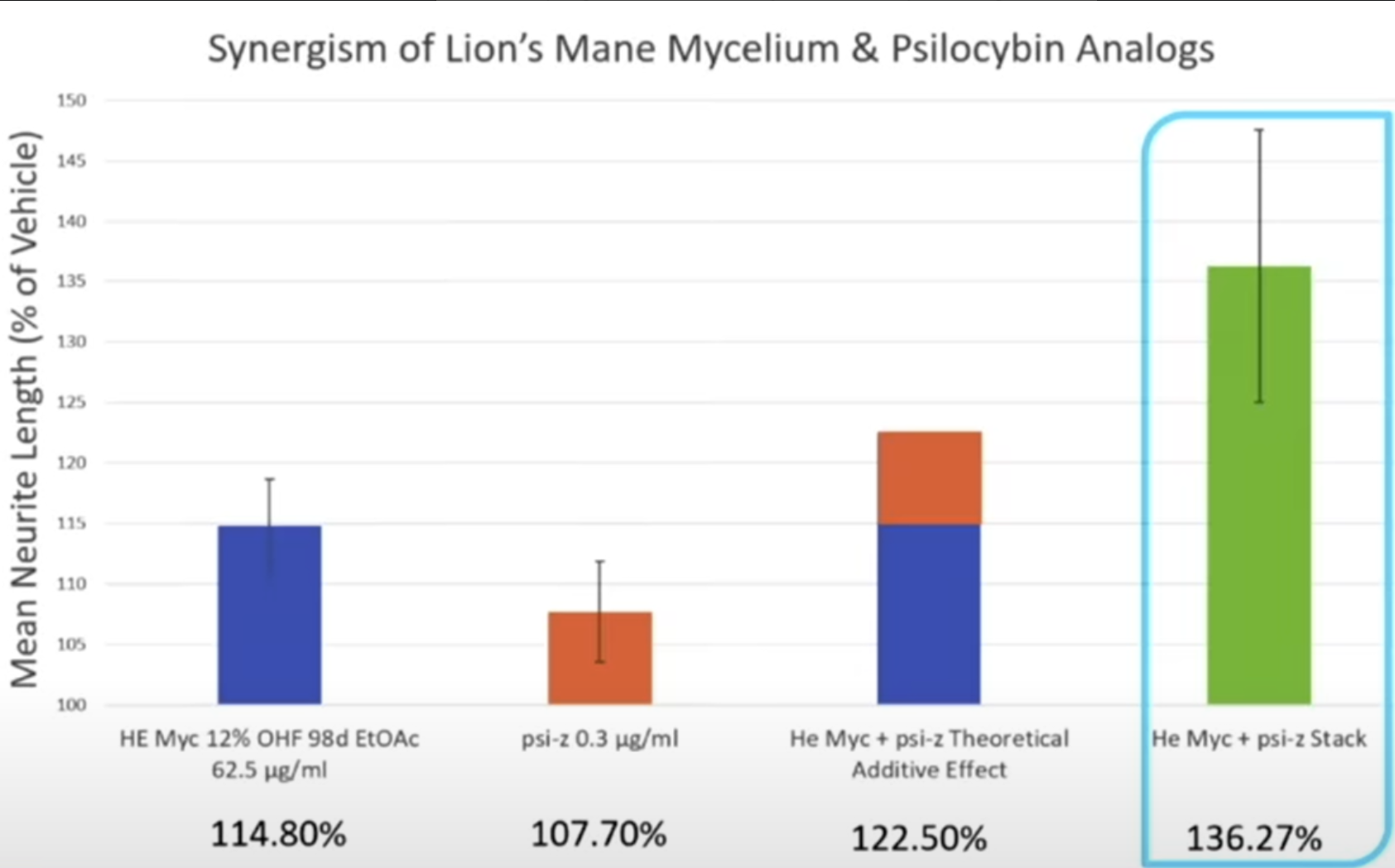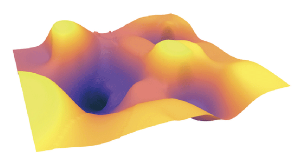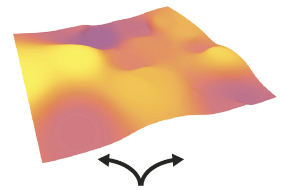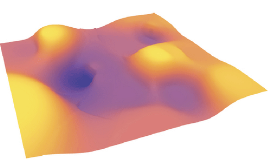There is a society of parents who use microdosing to treat certain symtomps with their ASD children.
In the realm of alternative treatments, especially those that involve substances tightly regulated or controlled in many countries, a veil of anonymity often shrouds the experiences and testimonials of individuals who explore these options. The feedback provided by parents using microdosing as a therapeutic approach for their children's conditions is sourced from highly private and secure groups. These parents have opted to share their personal stories and observations within a community that understands and respects the sensitivity and legal implications of discussing magic mushrooms, a substance that remains under strict control. Their identities and specific details have been anonymized to protect their privacy, as this is not information they wish to broadcast openly due to the current legal landscape surrounding such substances.
Here are real live examples of feedback they shared
the child is 9 years old, diagnosed with autism. We've tried many things, but microdosing is breaking records!!! I've been administering it since June this year. I described the changes in the chat... But in short:
Almost immediately, within a few days, mood and behavior improved. He became more attentive to the surrounding world, started to listen and watch more closely. He began to show interest in objects and educational games, can take them and play on his own... He became more focused during activities. Tantrums are now rare. There is more independence in self-care. Waits as long as necessary for us. We go through all procedures calmly.
I give it without a break, 1 capsule + spiny gourd, in the morning on an empty stomach.
Good afternoon, my child has autism. We have been taking it since the summer. As for changes, only behavior has changed about 20 percent out of 100. He stopped running away on the street. More grounded, I would say. But we can't do without tantrums. And he falls on the street, screams, covers his ears. But now it's still easier. With microdosing. You can engage him with something else and he gets distracted. Nothing has changed in his diet, still selective, dry stuff. Constipation and so on, fear of going to the potty. Doesn't speak. (Only "mom", "dad", "let's go", "yes") but doesn't use words appropriately. Doesn't like to study, lacks concentration too. The psychiatrist has already prescribed Strattera, but I don't want to give it. I will try giving two capsules of microdosing, but now we drink one a day.
Zakhar is one year and eight months old. There was a regression in everything. On 05.11.2023 we confirmed the diagnosis of ASD. On 07.11.2023, we switched to a gluten-free and lactose-free diet. We noticed improvements within 24 hours. On 15.11.2023, we administered a dose of fly agaric at 0.5 of one-tenth of a gram + lion's mane.
As of today, we see improvements in all areas :))))))).
Today Zakhar is taking:
Fly agaric - 0.2, lions mane - 0.4, cordyceps - 0.4 in the morning.
And the same amount in the evening.
We have been taking it for about two weeks now. The child has become more inquisitive, everywhere he looks, touches everything (that's interesting). He started to understand things better, started to repeat my requests. The most important thing that happened is that he began to walk on his own. We almost got into a fight over this a half year ago, but now he just showed me once and he started walking!!! We have been fully off diapers for a week now, even at night. He goes to the toilet by himself and in the morning he runs to achieve it. This is a huge breakthrough for us and in general, he has become more conscious I guess... I don't know how else to explain it. He started doing better in his developmental classes, doing everything. We'll see how it goes.
From adult autist:
It turned out to be a lifebuoy, like a bone for a dog or a guide for the blind.
- It became "not painful" to be in a crowd, as if I was on the shore and could only watch the flow of the river. Now I have the opportunity to swim calmly and not scream and cry.
- Gained confidence that something or someone is healthy. It was not clear what was happening, and I was not happy about it.
- The headaches disappeared.
- It became easier to breathe, to solve common tasks with colleagues.
- The self-torturing thoughts that could lead to suicide have disappeared. I became stronger.
- Stopped biting my nails, as if my nerve was frozen, I wanted to run away from relatives, from tribesmen, from everyone, hide, disappear.
- The numbness and tingling disappeared. Such an effect, more compact and less manic, I reached only on antidepressants, which I took for one month. The only side effect was nausea (indigestibility of food), so after a course of taking it, I did not continue. The mushrooms - no side effects.
And the main thing, I got the opportunity to be in a collective. It's funny. No, I didn't become them, but still like a bone. However, I couldn't even grow before. And now I have not been taking for a month (took for 2 months), and the feeling, as if I was being sucked into my world again, I managed to get away from this world. An invisible wall starts to rise again.
At first, since last week, I started giving my child with ASD 0.3 g of Amanita muscaria in the morning and before bed. In the morning, I also give him 1.5 g of lion main. The result appeared within a week! My son has started to laugh, which he had not done before! His vocabulary has doubled at least! He remembers new expressions from the second time! A thinking process has emerged. It is evident that he now thinks before he speaks. Just a month ago, my son couldn’t understand anything at all, and that's not always the case for me. The child is almost 6 years old. There is no information on the internet about microdosing mushrooms for children, and there are no reviews either. I started giving it because I felt the effect on myself. Thanks to your channel for the push
Well, of course, there are improvements. We periodically notice some changes in the child. I will tell you that after we started taking fly agaric, my son learned to go to the grocery store, although before that it was a war with the city and not to my benefit and now my son himself asked to go down to the store (I even gave him a shopping list) and he did it so that he could already run without me and knows what to do (I am glad to say that, but I won't say anything))) soon we will plan a trip by plane, usually he is scared, cries, when in an unknown place. now we'll see how it will be. I hope everything will go smoothly
I give microdosing to my child with autism for 4 months now. And we have positive dynamics. Fly agaric (Amanita muscaria) has literally opened up a world for us. The child was in a 'talent spectrum' program, but off camera. The application of microdosing of fly agaric and speech therapy gave quick and intensive results. The child could not speak, while this is not critical for my young pilot, who was silent during the process. He also stopped stimming, scattered eating habits, we went into the water (before he could not even think about it, now we are swimming in the sea, MY HEAD). The child with interest is reading a letter in the alphabet, mastering memory is phenomenal for his age. He is mastering a foreign language, started to say separate words and phrases in English. Became very soothing and concentrated, calm. The stool normalized. We even organized a place where he can cook for us. Thanks to you for opening up the mushroom microdosing for me and my child
I've become calmer, more balanced. I got out of toxic relationships, and practically no thoughts of suicide occur to me now. I used to gather nettles regularly. I have a younger daughter with ASD. While living with her mother, spending time with the child has become easier, more interesting. We are not communicating at the moment, but we will see each other in the future
There is an effect from the mushrooms. We noticed this, as did the educators who work with my son daily. They don't understand why my son has become so concentrated during lessons, more curious, and with less panic and screaming.... The mushrooms are coping
Good morning to all chat participants. We've been taking fly agaric for a week. Me and my son. My son has autism. Yesterday we went to a clinic for a child consultation, sat with a psychologist for about 50 minutes and our son was with us the whole time, without tantrums and screams! He became much calmer and I noticed that he showed interest and attentiveness. He started watching how dad drives in the car, fastens the seat belt, turns on the right turn signal, chooses the speed. He himself began to turn on the necessary cartoon, selects the folder with buttons on the way and opens what is interesting. We used to study for a long time, but he could not remember, yesterday everything worked out from the first time!!! We will continue watching....."
It seems to be a personal account of the effects of using fly agaric as a treatment.
Hello everyone! Sharing my observations... My son recently had a small tantrum, we couldn't calm him down, so I gave him 1 capsule of 'fly agaric' and in 15 minutes everything was back to normal! Today the tantrum repeated, he hadn't taken the capsules for a week, he was sick... I gave him the capsule again and peace returned exactly after 15 minutes!!! It really works! Helps wonderfully in tough situations!
I've been microdosing for the second month now. It's my first time with lion's mane, before this I tried pure, and the effect was different.
My observations:
I have Multiple Sclerosis, so even on protocols, I always felt my head. Now the fog and migraines are gone, I think clearly, I have more energy and attention, I'm a dopamine person, but before I used to scatter a lot and then needed time to recover, now everything is smooth. I also have numerous ideas, projects, an active life, but without stress and swings. Everything is precise and attentive.
My memory, sleep, and mood have improved.
I don't know if this is a review or not, but I recommend trying it on yourself.
Overall, I want to note that my son has simply started to look into my eyes. Earlier, it was just impossible to keep his gaze
I stopped suffering from insomnia, the child had no problems giving blood from a vein today!
Hello! I added lion's mane. The sensations are wonderful! I became much calmer, the tearfulness is gone (I was crying for no reason and had tears), the swelling has left, there are no nervous breakdowns, at work, I became more collected.
I started giving my son fly agaric, initially 1 capsule a day, now already 2 doses. He calms down half an hour after taking it.
Half an hour after taking it, he calms down, stops wandering around the house, stops talking to himself.
 English (United Kingdom)
English (United Kingdom)  Русский (Россия)
Русский (Россия) 


